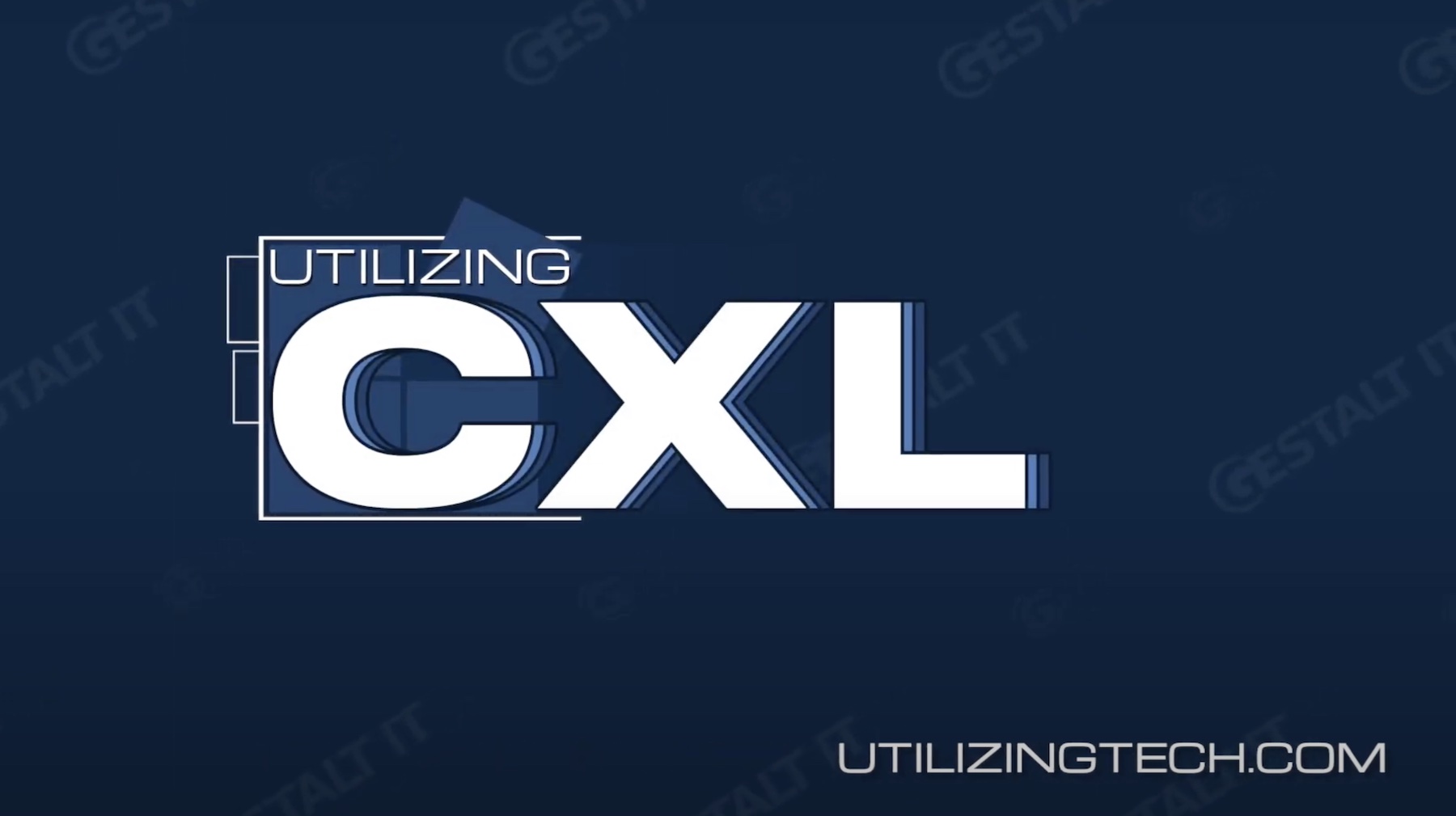In this Gestalt IT Tech Talk, Stephen Foskett interviews Steve McDowell, a principal analyst at NAND Research, about the concept of disaggregated architecture. They discuss the benefits of hiding complexity through disaggregation, the role of accelerators like GPUs and IO accelerators, and the potential of technologies like CXL (Compute Express Link) in enabling seamless expansion and interconnectivity of system components. They also touch upon examples of disaggregated systems and express excitement about the future possibilities of leveraging hardware resources in a more seamless and abstracted manner.
Disaggregated Architectures and CXL
In this Gestalt IT Tech Talk, Stephen Foskett interviews Steve McDowell, principal analyst and co-founder at NAND Research. They discuss the topic of disaggregated systems and their implications for enterprise infrastructure.
McDowell emphasizes that if the complexity of disaggregation can be hidden, it makes a lot of sense. He mentions how advancements in technologies like low-cost arm chips, higher bandwidth interconnects, NVMe, and CXL have contributed to the expansion of disaggregation. He highlights the role of companies like VMware in leveraging accelerators to hide the complexity and make disaggregated architectures seamless for users.
The conversation then delves into the definition of disaggregated architecture. McDowell describes it as the movement of a workload from a CPU to another location, whether within the same box or across different boxes. The goal is to create a system where the location of computation doesn’t matter, as long as the resources are effectively utilized.
The discussion shifts to the evolution of CPUs and the introduction of specialized processors like GPUs and neural engines. McDowell explains that these processors, which are within the direct control of the CPU, are not considered fully disaggregated. However, when a function is computed in two different places, beyond the CPU’s control, it qualifies as disaggregated architecture.
The conversation touches upon various examples of disaggregated systems, including NVIDIA’s GPU and ARM CPU combination, Intel’s XPU and AWS Nitro card, IBM’s ARM chip-integrated storage devices, and Apple’s T2 chips. McDowell emphasizes the importance of abstracting these systems away from developers, enabling them to leverage accelerators seamlessly through libraries.
CXL (Compute Express Link) is then introduced as a key enabler of disaggregation. It is described as a PCIe-like bus that seamlessly enables expansion for I/O, paving the way for future advancements in system design. However, the realization of CXL’s potential is acknowledged to be a gradual process with challenges in software development, compliance, and interoperability.
The discussion concludes with a discussion on the impact of CXL, not only on servers but also on next-generation storage devices and other devices. While optimistic about CXL’s potential, both speakers acknowledge the need for the industry to come together to overcome obstacles and achieve the vision of a truly disaggregated system.
Connect with Steve:
Steve McDowell is a principal analyst at NAND Research. You can connect with Steve on LinkedIn and on Twitter. Find out more about his work on NAND Research’s website.




